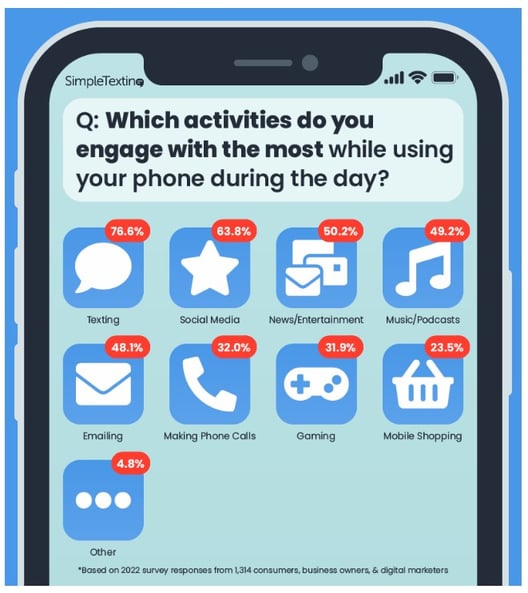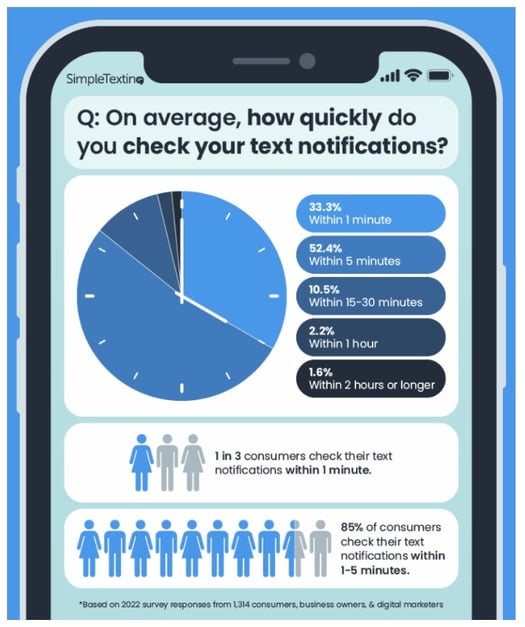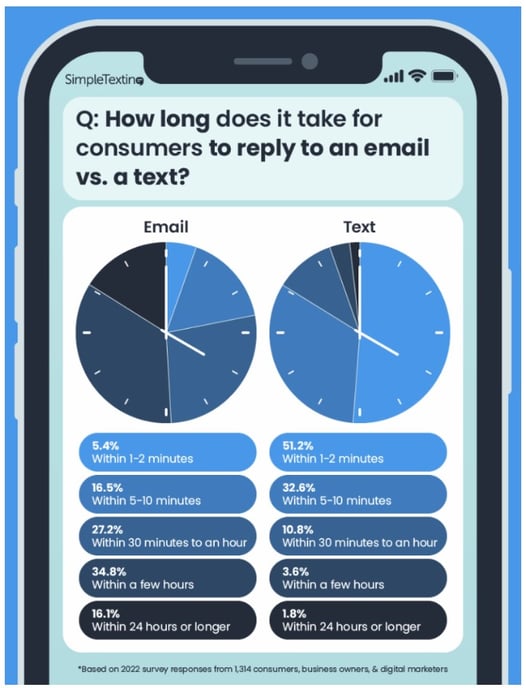 When we were redoing the Text-to-Church page on our website last fall, I came up with the word "text-savvy" to include in the by-line. Obviously, a twist of the word tech-savvy, it has forced me to think about and research a response to the question, "what does it mean to be knowledgeable about text messaging?"
When we were redoing the Text-to-Church page on our website last fall, I came up with the word "text-savvy" to include in the by-line. Obviously, a twist of the word tech-savvy, it has forced me to think about and research a response to the question, "what does it mean to be knowledgeable about text messaging?"
I'm sure this will mature with time, but so far it seems good to me to address the question from four different perspectives: 1) history and statistics, 2) business texting, 3) church texting, and 4) best practices.
Let's start with some history and statistics. The idea of SMS (short message service) started in 1984 with a German telecom company looking for a way to optimize use of phone lines. Their research showed that most postcard and telex messages were less than 160 characters.
The first text message, "Merry Christmas", was sent from an engineer on a computer in the UK to the phone of a friend who was at a Christmas party on December 3, 1992. The next year Nokia introduced a phone that could text from a 10 key by tapping the numbers multiple times to create letters.
In 1995 mobile phone owners texted an average of .4 times per month. In the next 5 years phones added keyboards and the telecoms set up an exchange between networks, so that by 2000 mobile phone owners texted an average of 35 times per month or slightly more than once a day.
After a decade of innovations that included text to vote on American idol (2003), the iPhone (2007), and text to donate at the Super Bowl (2008), texting was added to the dictionary in 2010. That same year the average mobile phone user texted 10 times per day. Texting had become mainstream.
Social media and the development of other communication apps like Twitter, FB Messenger, and Group.Me challenged the growth of texting during the next decade. But texting still grew so much that by 2022 mobile phone users texted an average of 72 times per day.
Texting continues to be the most used mobile phone app. Check out these stats from Simple Texting for 2022.
 Almost 8 out of 10 mobile phone users engage their texting more than any other app during any given day. The response rate to texts is also pretty remarkable.
Almost 8 out of 10 mobile phone users engage their texting more than any other app during any given day. The response rate to texts is also pretty remarkable.
 85% of people respond to texts within just 5 minutes! It's not quite as instantaneous as a phone call, but it is better than email.
85% of people respond to texts within just 5 minutes! It's not quite as instantaneous as a phone call, but it is better than email.
 It takes several hours for the response rate to emails to get to the 85% level that text messages have within 5-10 minutes.
It takes several hours for the response rate to emails to get to the 85% level that text messages have within 5-10 minutes.
So, what do text-savvy churches learn from this brief history and these stats on texting? Here are three important ideas.
- Texting has a history. It is not an overnight phenomenon or fad. It has a long record of development and adoption and will be around a long time.
- People have the app. You don't have to ask them to download anything or create an account. In fact it probably came pre-loaded when they bought their phone.
- People use the app. Texting has found a sweet spot between instantly answering a call and shuffling through the inbox. It is the most frequently used app on their phone.
Technology, especially the use of texting on the smart phone has become an integral part of our culture. In terms of adoption, we are past the point where just innovators and early adopters are using it. That means there is less fascination with the innovation itself and far more use of it. Habits have been established. Habits church leaders need to understand and work with.
The next question is how should churches use texting. We'll start by looking at how businesses are using it next time and build from there.



